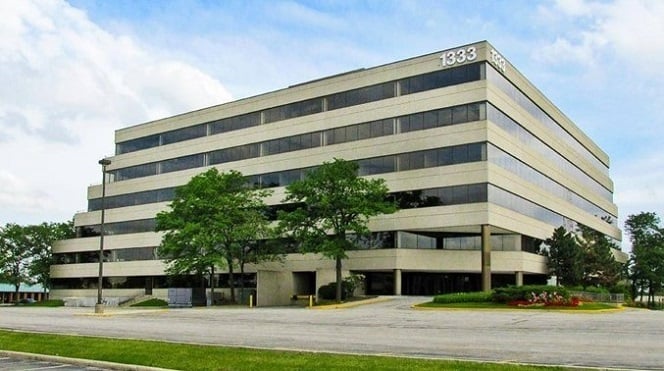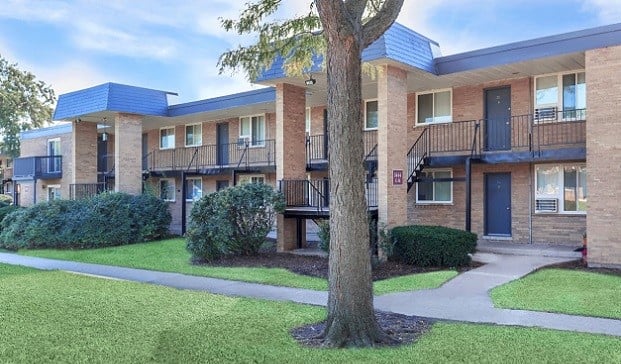When dealing with contaminated properties in residential andcommercial settings, many developers are leveraging the cleanupprocess not just to achieve site closure, but also to improve theproperty value. The trend in property remediation has gone from simply covering upthe problem or blocking it off to a more organic and visuallyappealing way of dealing with contamination. From an environmentalperspective, the main concern is to perform all of the actionsrequired in the Remedial Action Plan. For owners and lenders, thereis more of a long term benefit in improving the final appearance ofthe property and its perception within the community.
When performing a Property Condition Assessment or Phase IEnvironmental Site Assessment, there is always the possibility ofuncovering adverse findings for the property owner. One of thesecommon issues is contaminated soils that pose a potential threat tohuman health, resulting in the inability to develop residential orcommercial properties on the site. Environmental engineers areoften up against stringent regulations when performing theremediation of potential contaminants found during theenvironmental site assessment. (My colleague Ken Sisk will speakabout some of the opportunities and risks associated with theredevelopment of contaminated land at the upcoming RTM conference:more about that here)
Innovative Approaches Pay Off
Continue Reading for Free
Register and gain access to:
- Breaking commercial real estate news and analysis, on-site and via our newsletters and custom alerts
- Educational webcasts, white papers, and ebooks from industry thought leaders
- Critical coverage of the property casualty insurance and financial advisory markets on our other ALM sites, PropertyCasualty360 and ThinkAdvisor
*May exclude premium content
Already have an account?
Sign In Now
© 2024 ALM Global, LLC, All Rights Reserved. Request academic re-use from www.copyright.com. All other uses, submit a request to [email protected]. For more information visit Asset & Logo Licensing.








